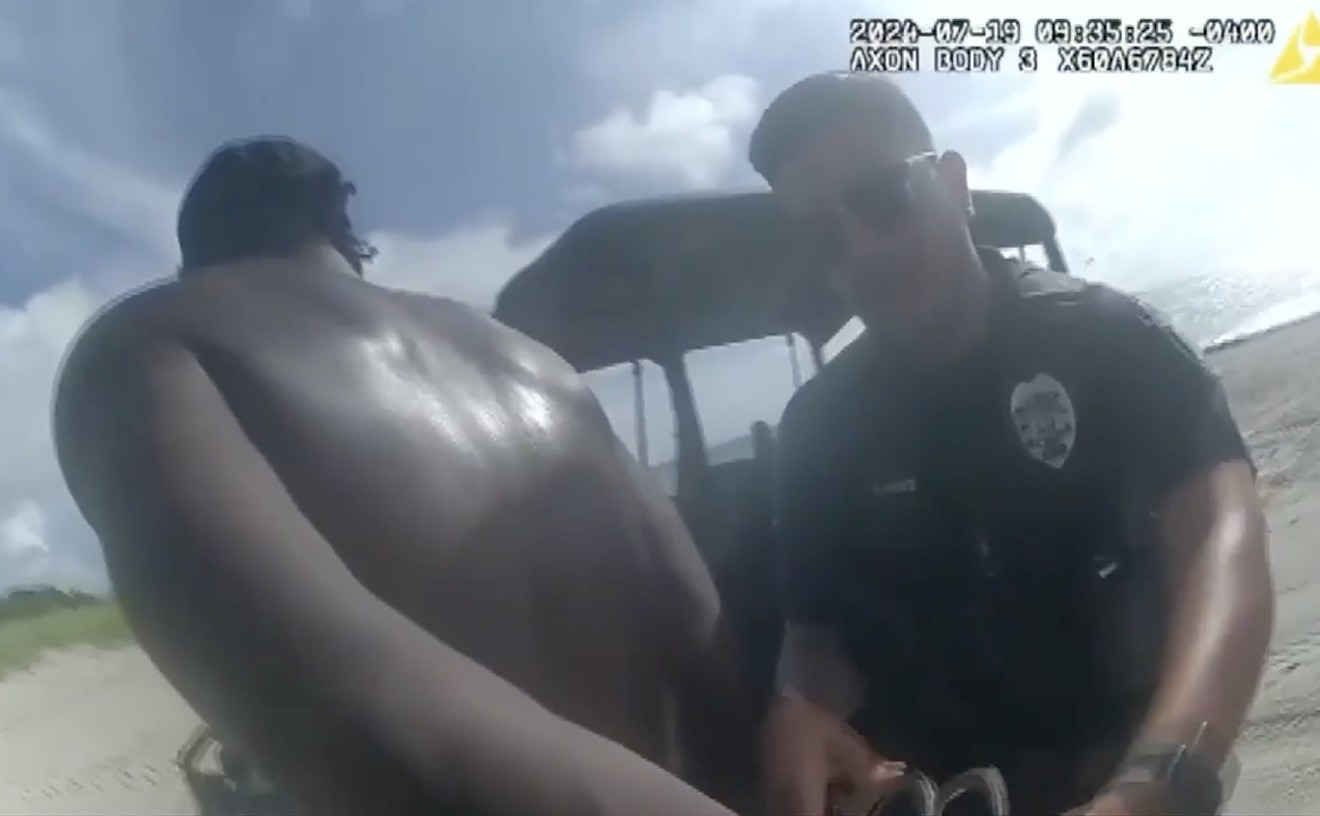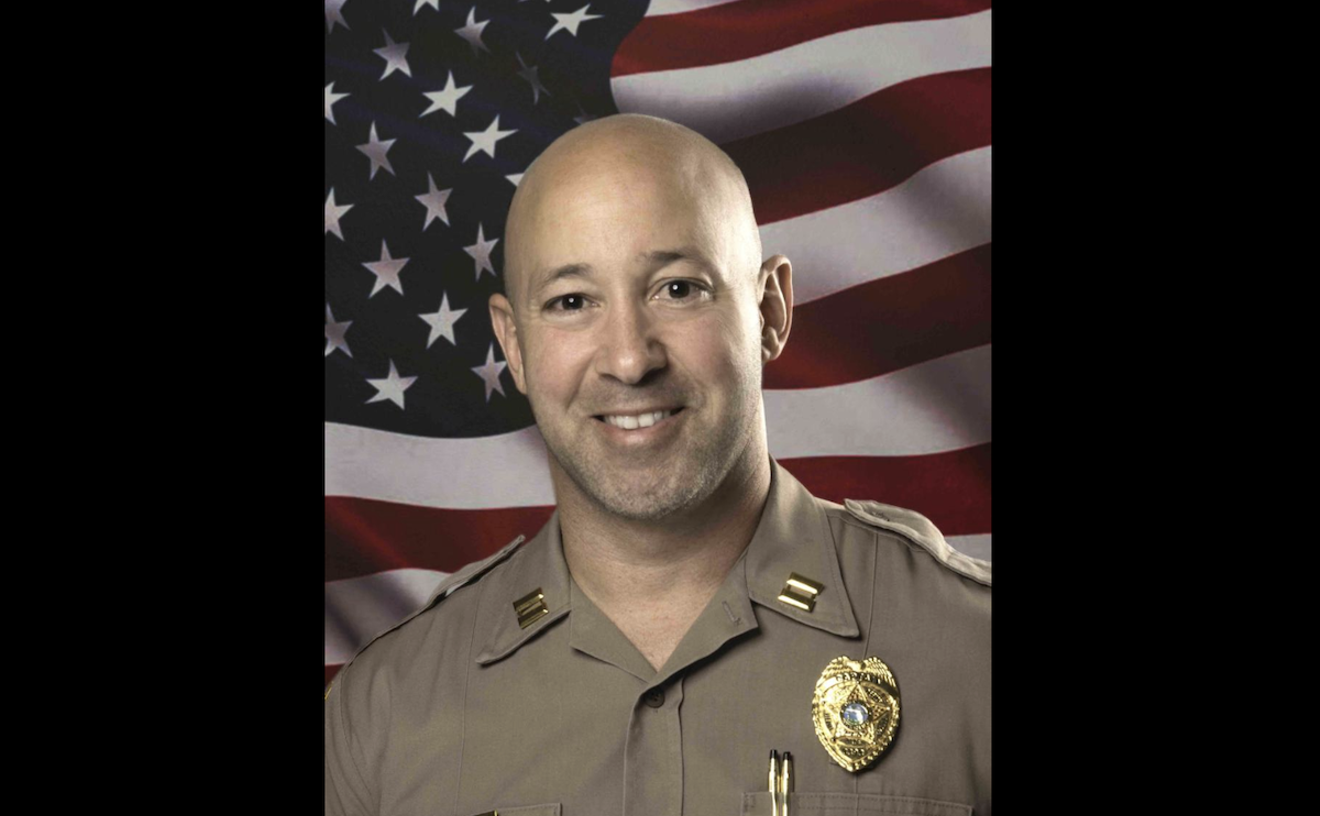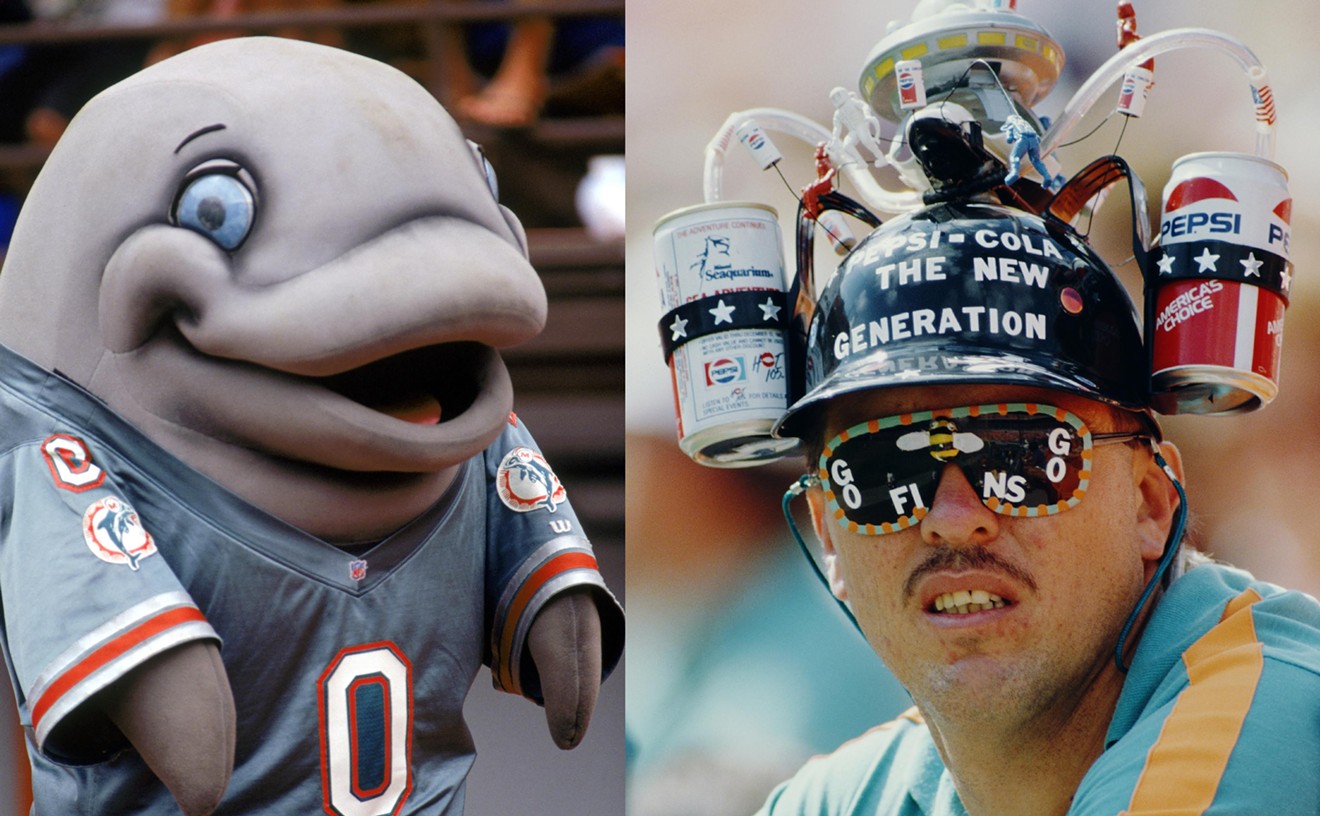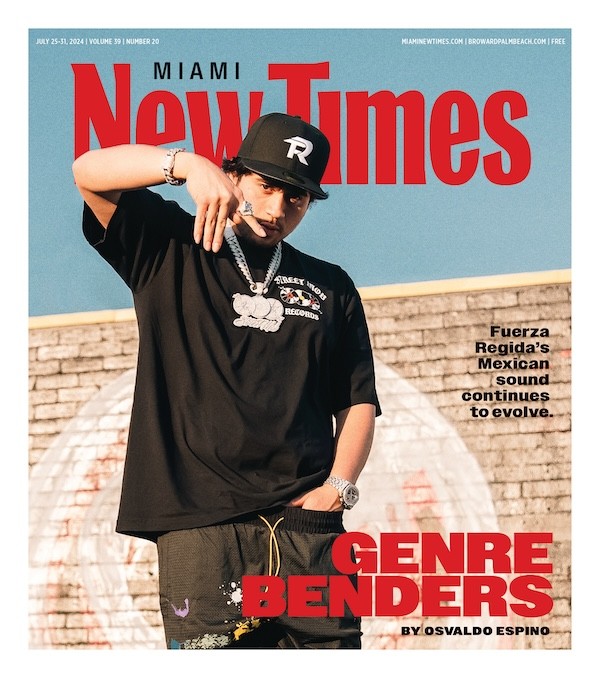Early on, Hannagan hit upon the idea of having his photographers take pictures of high-school girls at the beach. During the winter
Thus began a cottage industry of Miami Beach "cheesecake" photos that thrived to the point that the city itself eventually hired a full-time bikini photographer on the taxpayer payroll. That strange, mostly forgotten era is illuminated in a recently rediscovered treasure trove of News Bureau promotional shots, mostly from the 1960s.
Hannagan turned his promotional gig into a lucrative job. By 1936, Life magazine reported that the City of Miami Beach was paying Hannagan $25,000 per season for his services and that Hannagan was "the man, who year in and year out, gets more pictures of [bathing girls] into the paper than any other press agent in the land."
Thirty years after that story appeared in Life, Miami Beach tourism officials were still addicted to cheesecake. And there was still a Miami Beach News Bureau that employed photographers who spent a lot of time snapping aspiring models who hoped exposure in newspapers would lead to bigger and better things. Their photos would run in newspapers with captions like "Suzy Smith, a curvy medical student, frolics in the warm waters of the Atlantic Ocean."
The women didn't quite get the same financial rewards as Hannagan. They received $5 for an afternoon of modeling and a selection of black-and-white prints for their portfolios. Tourism officials apparently splurged on props, though. Photos show that the bureau's photographers had access to a seemingly endless supply of beach balls and umbrellas.
By the mid-to-late-'70s, most of the photography was being done by Dick Kassan, an $18,000-a-year staff photographer for the city's Tourism Development Authority. In 1978, Kassan described to the Associated Press the kind of models he was looking for: "We want girls who look wholesome. They must look happy."
But in 1979, newspaper photo editors, bowing to pressure from women's rights groups, finally decided to stop running Kassan's photos in their papers.
Kassan, who once told a newspaper that he was the only government employee he knew of who got paid to photograph women in bikinis, was able to hold on to his job for a few more years. But in the summer of 1983, he and five fellow TDA employees were fired by the city.












